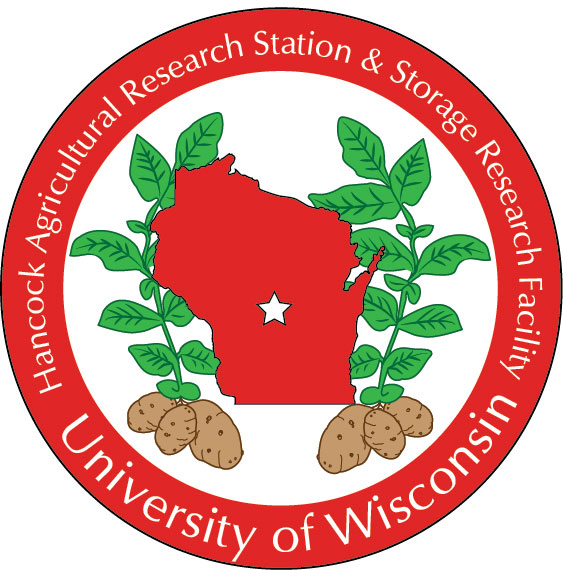Research
We'll be honest, Wisconsin potato research is second to none.
The research station at Hancock, Wisconsin is deeply involved in trying new methods to ensure ever better quality, decrease crop inputs and enhance the economic vitality of the Wisconsin farmer. Scientists at the University of Wisconsin are recognized internationally as worldwide leaders in potato research.
Storage Research Facility
The WPVGA’s commitment to research is most evident in the development of the Potato and Vegetable Research Storage Facility (SRF). The SRF is a great example of how Wisconsin growers continue to work with industry partners to invest in the future of agriculture.
The SRF was conceived, designed and built by Wisconsin potato growers to provide UW researchers and growers with a state-of-the-art facility to study the relationship between field management and storage practices of fresh produce. The facility not only allows growers to improve storage methods, but provides valuable information and research into seeding, growing, packaging and shipping potatoes.
In 2006, funding for the multi-million dollar facility was secured by the WPVGA with the assistance of five Wisconsin potato growers including Greg Wysocki of Wysocki Produce Farms; Dennis Zeloski, of Muck Farms, Inc.; TJ Kennedy, of Heartland Farms, Inc.; Steve Diercks, of Coloma Farms, Inc.; and Tom Wild, of Wild Seed Farms, Inc.
Hancock, Wisconsin Storage and Research Facility.
Hancock Agricultural Research Station
One of our young researchers grading a new potato variety.
It is getting more and more difficult to find the time to sit down and have a nice family meal, much less get food on the table that we find to be nutritious and affordable. We struggle daily with what we’re feeding our family. We wonder where did those vegetables that my kids are slowly eating come from?
Does it matter if the food is organic or not? What did it take to get from farm to grocery to table? We also struggle with what is happening to our farmland and the farmers who are doing what they can to make ends meet as well as help us feed our families.
Visit us frequently to learn more about feeding your family, or sign up to have our articles delivered to your inbox.
Highlights and Statistics
Zoey Brooks, 2014 Alice In Dairyland, presiding over a judging event.
Highlights and statistics of the facility include:
- Nine 2,000 cwt (2 million pounds) bulk bins for large-scale research and nine storage lockers for smaller trials. Each unit is independently controlled to prevent cross-contamination. Each has its own air exchange, humidification and refrigeration systems that can be controlled remotely via Internet access.
Ten different academic groups research over 18 million pounds of potatoes each year. - Storage sugar analysis and fry testing services are available through the Processing and Quality Assurance Laboratories.
- A few of the subjects investigated at the facility include stem end defects, influence of vine kill timing on storage, evaluations of advanced and elite breeding lines, pressure bruise and shrink in storage, sprout inhibitor trials, ethylene impact on stem end defects and sprouting, PVY development in storage, fungicide efficacy, ozone in bulk piles and insect stresses on storage quality.
A group of potato growers, industry representatives, and University of Wisconsin-Madison researchers serve as the Storage Research Advisory Committee and provide guidance for facility operations and research priorities.
University of Wisconsin Research Partnership
Wisconsin potato growers are known across the United States for their innovations in production, resource conservation and sustainability. Their commitment to research has been a planned mission for decades. Every Wisconsin potato grower voluntarily pays eight cents to their association for every 100 pounds of potatoes produced annually. A large portion of this money is invested back into the University of Wisconsin to provide scientists from multiple disciplines the dollars needed to fund research in all areas impacting potatoes.
Over 25 research projects are funded annually at a total investment level of over $350,000. The initial association investment for these projects pays big dividends to the growers, the industry and the state, as UW researchers are able to use this funding to leverage additional federal funding sources back to Wisconsin by over a hundredfold. In 2014 this translated into a more than $30 million return on a $350,000 investment.
The dedication and excellence of faculty, academic staff and graduate students across multiple academic disciplines generates remarkable results. Research has been undertaken that addresses important subjects like Potato Breeding, Seed Production, Growing Potatoes, Protecting Natural Resources and Managing Pests.
To learn more, visit the Hancock Agricultural Research Station website.


